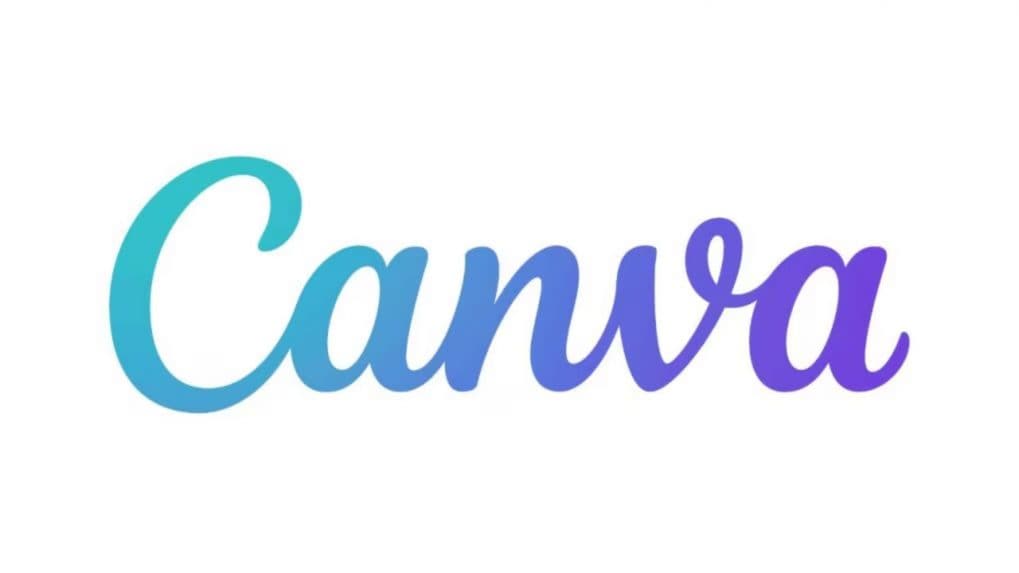Canva rolls out new AI features, including editable design generation
The new model, trained on Canva’s vast design library, can generate visuals with editable layers and objects rather than static images.
ADVERTISEMENT
Creative platform Canva has unveiled its own foundational design model, built to understand design layers and formats, marking a major step forward in its integration of artificial intelligence. The company also announced a suite of new AI-powered tools, product updates, and enhanced integrations across its creative ecosystem.
The new model, trained on Canva’s vast design library, can generate visuals with editable layers and objects rather than static images. It works seamlessly across multiple formats, including social media posts, presentations, whiteboards, and websites, allowing users greater flexibility and control when creating content.
Robert Kawalsky, Global Head of Product at Canva, told TechCrunch that while diffusion and omni models have improved how AI generates visual content, they still rely heavily on text prompts to achieve desired results — a limitation Canva aims to overcome.
Earlier this year, Canva introduced its AI assistant, a chat-style interface that helps users generate visual content from text prompts. This assistant is now being expanded across the platform — accessible in design tools, elements tabs, and even through @mentions in comments, enabling collaborative input and real-time AI suggestions. The enhanced AI tool can now generate 3D objects and replicate the art style of any existing design, broadening its creative potential.
In addition, Canva has launched a spreadsheet product and a prompt-based app creation tool, now interconnected to enable users to build data visualisation widgets directly from spreadsheet data. The company also introduced a form creation feature, allowing users to collect responses from clients or audiences — positioning Canva as a direct alternative to tools like Google Forms.

